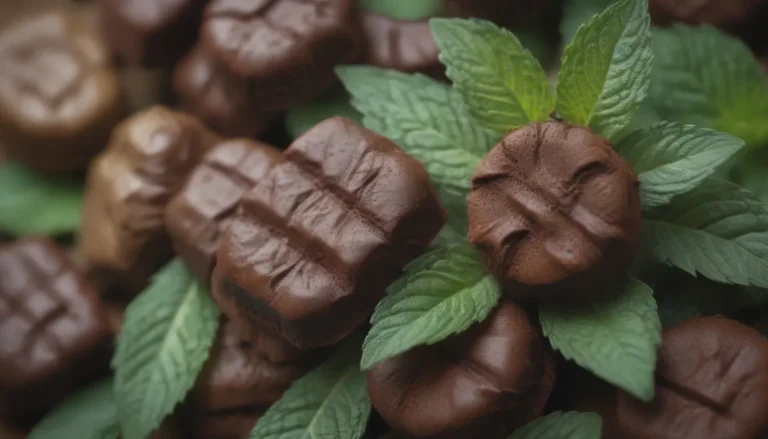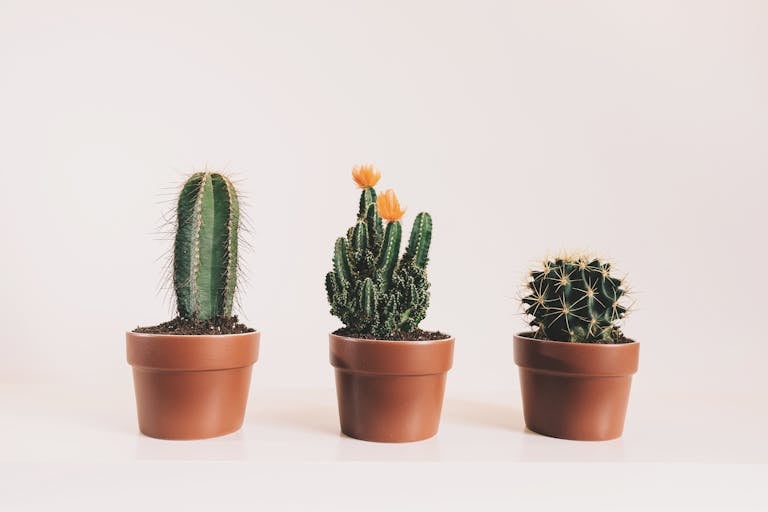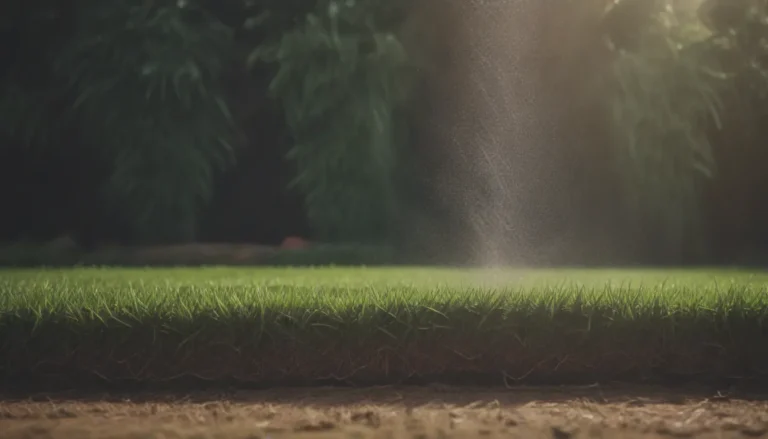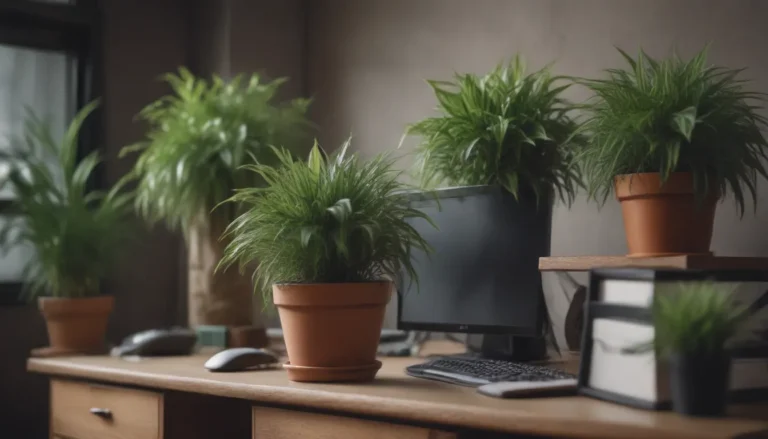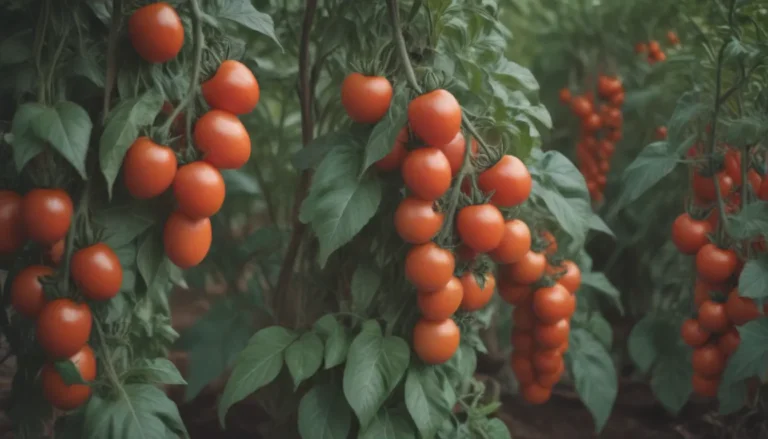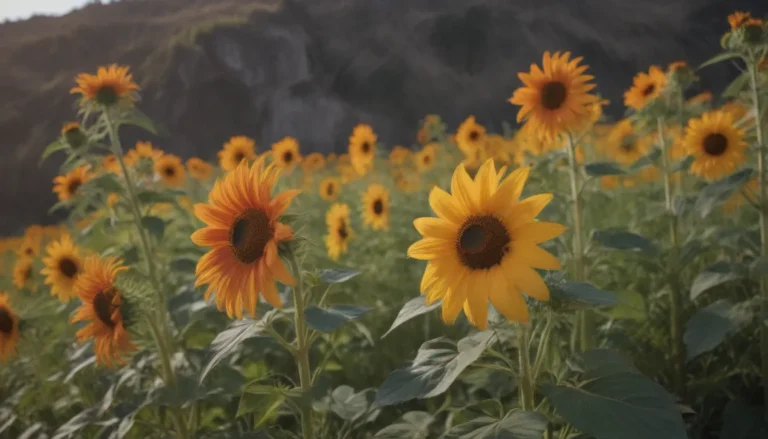Ultimate Guide: Growing and Caring for Plumeria Flowers
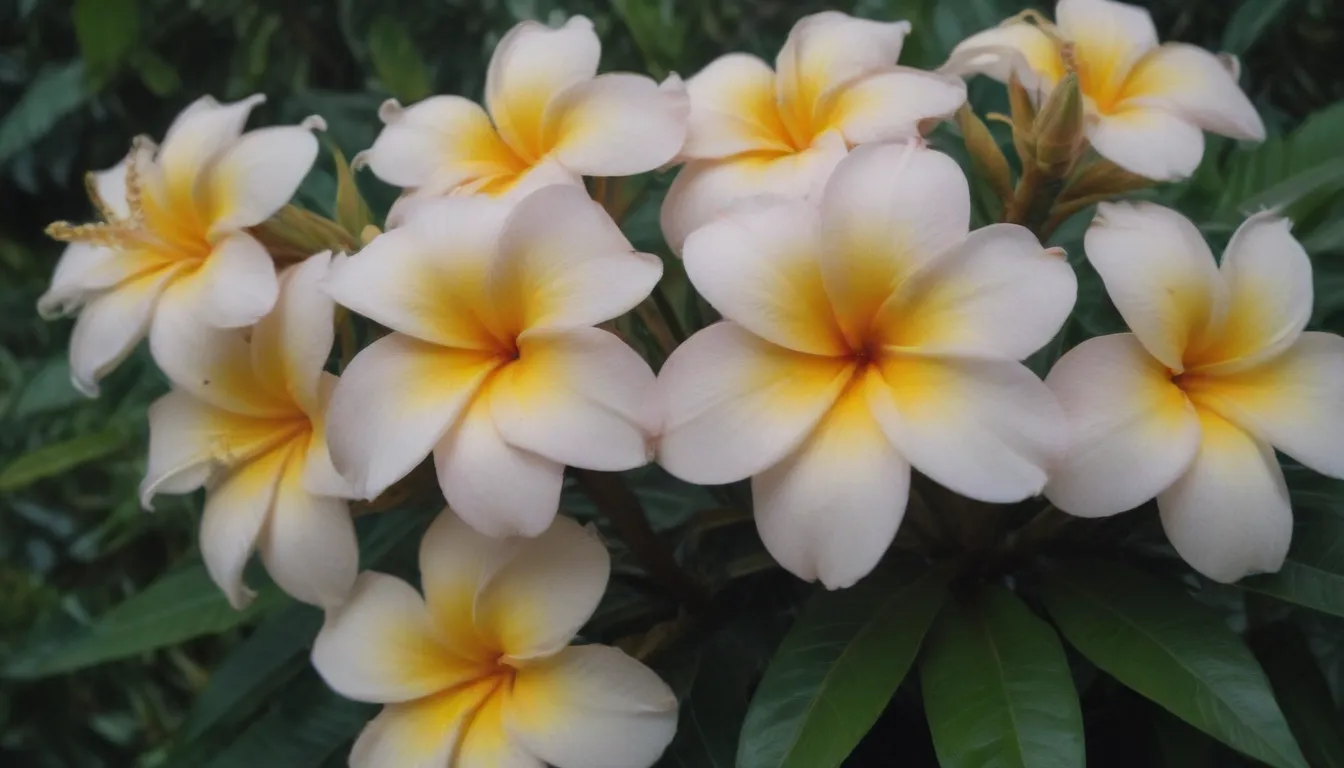
Welcome to the ultimate guide on how to grow and care for Plumeria flowers! If you’ve ever admired the delicate fragrant flower clusters of Plumeria, also known as frangipani, then you’re in the right place. These tropical beauties are native to the Americas and are prized for their waxy, highly fragrant five-petaled flowers that are often seen adorning Hawaiian leis. In this comprehensive guide, we will cover everything you need to know to successfully grow and care for these stunning plants.
All About Plumeria
Plumeria trees or shrubs, with their succulent branches and large leathery leaves, come in various species that are deciduous or evergreen. Depending on the species, the leaves may vary in color, shape, and texture, while the growth habit can range from compact to sprawling. These slow growers can reach heights of up to 30 feet in the landscape, but when grown in containers, they remain smaller and can be brought indoors during the winter if needed.
Plumeria Care
Here are the main care requirements for growing healthy and vibrant Plumeria flowers:
Light
Plumeria thrives in full sun but can also do well in partial shade. Aim for at least six hours of sunlight per day for optimal growth.
Soil
Plumeria prefers loamy, rich soil with good drainage. Avoid soggy soil as it can lead to root rot. The pH level of the soil should ideally be between 6.5 and 7.0.
Water
Water your Plumeria deeply, allowing the soil to dry out between waterings. Adjust watering frequency based on sunlight exposure, watering more in full sun than in partially shaded areas. Outdoor plants should not be watered during winter dormancy, while indoor plants need infrequent watering.
Temperature and Humidity
Plumeria thrives in hot, tropical climates with high humidity and cannot tolerate frost.
Fertilizer
Established Plumeria plants do not need regular fertilization unless the soil is poor. Use a bloom-boosting high-phosphorus fertilizer at the beginning of the growing season. Avoid nitrogen-rich fertilizers, as they can promote foliage growth over flower production.
Types of Plumeria
Plumeria comes in a variety of species and flower colors. Some popular varieties include:
- P. rubra
- P. alba
- P. obtusa
- P. pudica
Pruning
While minimal pruning is needed for Plumeria, you can shape the plant as desired in late winter or early spring. Be cautious when pruning, as cutting back too much can reduce flowering in the following year. Remember to wear protective gear when handling the plant to avoid skin irritation from the milky sap it excretes.
Propagating Plumeria
Plumeria is relatively easy to propagate from stem cuttings, especially in the spring.
How to Grow Plumeria From Seed
While possible, growing Plumeria from seeds is not recommended due to the long wait time and uncertainty in producing true-to-parent plants.
Potting and Repotting
Plumeria’s shallow root system makes it ideal for potting. Use a wide, well-draining pot and repot every few years as needed. Refresh the soil annually with nutrient-rich compost to promote healthy growth.
Overwintering
For Plumeria grown outside its hardiness range, bring it indoors when temperatures drop below 50°F. Allow the plant to go dormant indoors by reducing watering and gradually reintroduce it to outdoor conditions in the spring.
Common Pests & Plant Diseases
While Plumeria is generally resistant to pests and diseases, watch out for common issues such as white flies, mealybugs, spider mites, and fungal diseases like rust and leaf spot. Treat infestations promptly to prevent damage to the plant.
How to Get Plumeria to Bloom
Plumeria typically blooms between May and November, with flowers lasting up to two weeks. Choose varieties known for prolific blooming and deadhead spent flowers to encourage more blooms.
Common Problems With Plumeria
Watch out for signs of fungal infections, overwatering, and nutrient deficiencies, which can impact the health of your Plumeria plant. Address issues promptly to ensure your plant thrives and blooms beautifully.
In conclusion, Plumeria is a stunning tropical plant that can be a rewarding addition to your garden or indoor collection. With the right care and attention to its specific needs, you can enjoy the beauty and fragrance of Plumeria flowers for years to come. Whether you’re a beginner or experienced gardener, growing and caring for Plumeria is a fulfilling endeavor that is sure to brighten up your living space.
So go ahead, plant a Plumeria and watch it bloom into a gorgeous display of tropical beauty in your own backyard! Remember, a little bit of sunshine, water, and love go a long way in keeping your Plumeria happy and healthy. Happy gardening!
